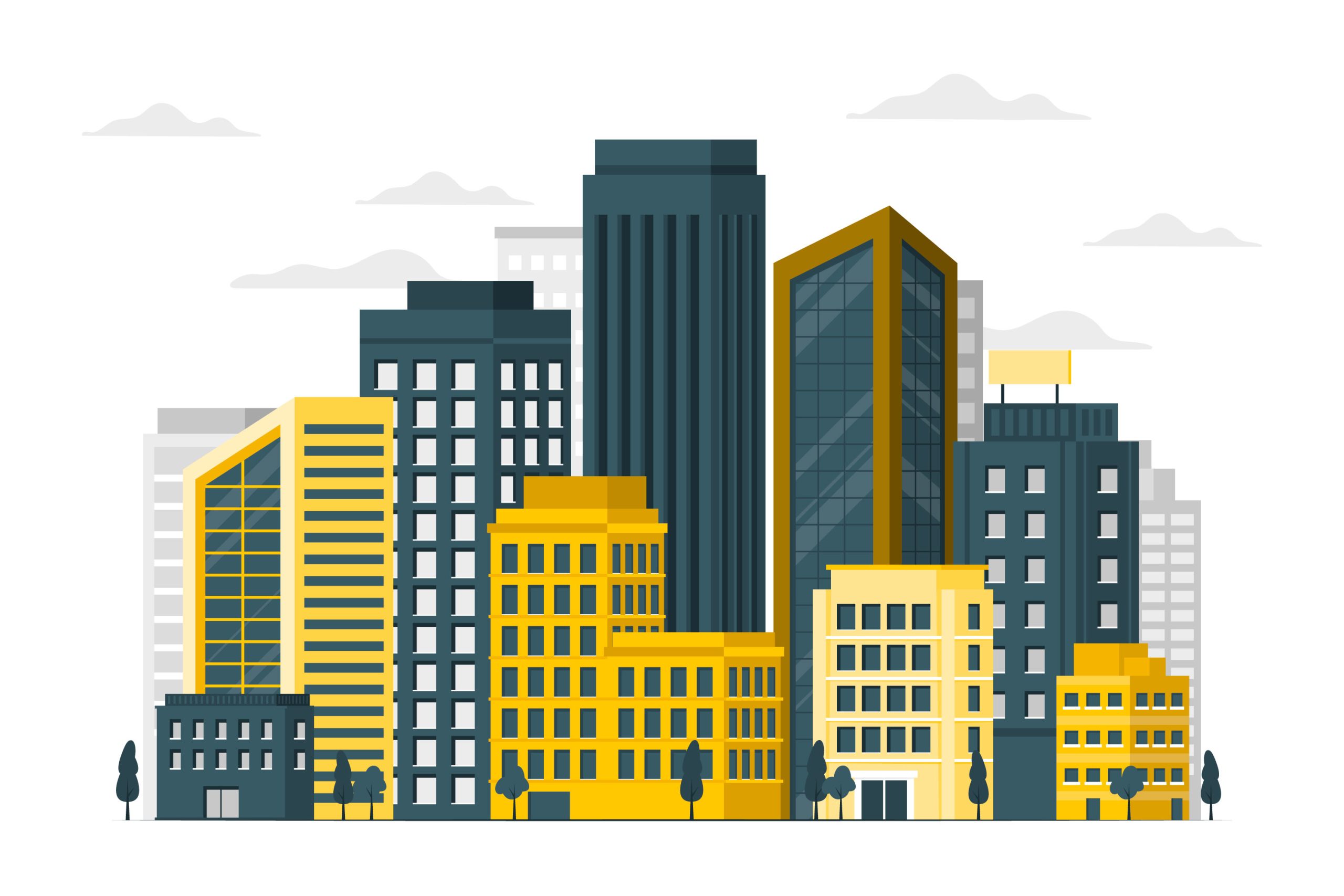
In real estate marketing, most developers spend heavily on architectural brilliance, prime locations, or luxury brochures. While all these matters, a truly effective real estate marketing strategy digs deeper, into where home buyers spend the most time mentally, emotionally, and physically during their decision-making journey. Whether it is the scent of the thoughtfully designed sales lounge, the warmth of welcome gestures, or the immersive experience of a 3D walkthrough animation-small interactions build big impressions.
Understanding customer behavior is smart business, rather than just psychology. If your real estate marketing approach and sales office design do not reflect the thoughts and emotions of today’s homebuyers, you are losing the opportunity for conversions and lasting impressions. This article explains how to customize your marketing and sales experience to target the most important touchpoints where consumers stop, think, and make decisions.
Today, buyers begin their journey long before they step into the site office. Their initial contact happens digitally, on your website, social media, or listing platform, making it a critical part of your real estate marketing strategy.
Partner with a creative agency that understands the aesthetics and functionality to craft a compelling digital brand presence. Ensure your digital assets are optimized for lead generation, performance, and search engine optimization. You should incorporate keywords such as luxury houses for sale or real estate in [city] into the content and metadata of your website.
Tip: Before you ever conduct a sales pitch, your digital presentation should provide clarity and trust.
Your real estate sales office design is not just a functional space; it is a storytelling canvas as well. All must synchronize to the brand narrative and buyer’s aspirations-layout, lighting, visuals, and flow.
Your real estate sales office design should not feel transactional—it should feel like a lifestyle preview, which will broaden your real estate marketing strategy.
Even though property buyers are drawn to the design, the conversation gains their trust and ultimately the sale. The discussion table becomes the pivotal point in your real estate marketing strategy.
Insight: While shaping your real estate marketing strategy, a confident yet caring conversation can often be more persuasive than a thousand square feet.
Here is where the home buyer tends to spend the most amount of time in most cases. It is tactile, emotional, and transformative. When the design matches one’s lifestyle or aspirations, decisions are made on the spot.
Also, do not forget the subtle touches: curated aromas, ambient music, personalized walkthroughs. This is what your real estate marketing strategy must strive to ignite.
For a lot of developers, the visit signifies the end of their involvement. However, in practice, this is the point in your real estate marketing journey where a careful and calculated follow-up becomes most important.
Such detailing and care often nudges an undecided buyer into commitment.
In the current competitive market, buyers are choosing experiences rather than just space. Designing a real estate marketing strategy that feels organic, premium, and trustworthy requires an understanding of how real estate purchasers behave. Each aspect of your real estate sales office design, including your online presence, must match the way of life that your potential buyers seek.
Remember, it’s not just about showing what you’ve built—it’s about helping them imagine what they could live.
Ready to reimagine your sales experience? Partner with the best martech agency in India that understands design, psychology, and real estate strategy synergy.